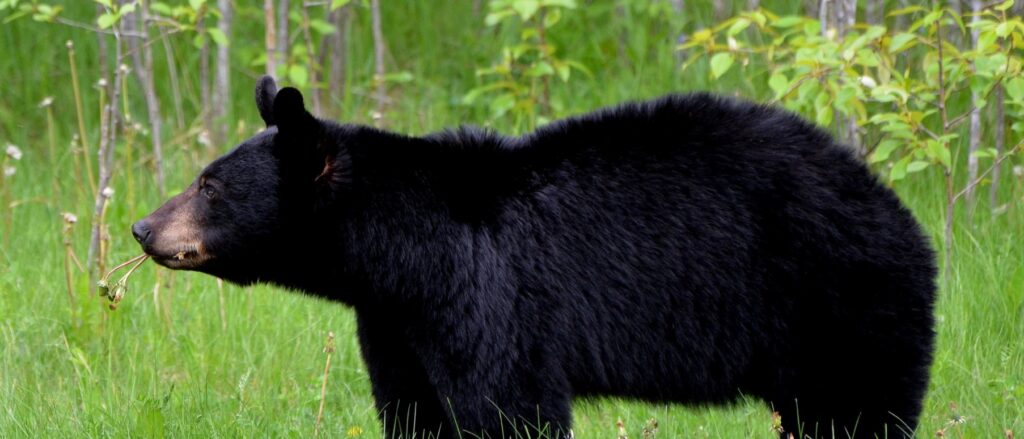
The B.C. Wildlife Federation has reviewed the paper “Large carnivore hunting and the social license to hunt.” [1] The paper infers hunters kill carnivores such as black bears for trophies and that only a minority hunt carnivores. A literature review related to hunters’ motivations and license sales in B.C. demonstrates this claim is unsupported by available evidence.
Research has shown that the top three reasons people hunt in B.C. are: 1) getting out in the wilderness, 2) the opportunity to harvest a legal animal and 3) spending time with friends and family. The least important factor for hunters in B.C. is the opportunity to harvest a trophy.[2]
The popularity of hunting in B.C. is on the rise. The number of licensed hunters has increased more than 20 percent, from 85,633 hunters in 2005 to 107,073 in 2020. Hunting in B.C. is shifting to being a more family-oriented activity, with increased female participation; people who are increasingly concerned with harvesting their own ethically sourced, sustainable protein are also taking up hunting.
According to government data, the number of black bear licenses sold over the past 15 years has increased more than 2.5 times from 14,362 to 36,744. Participation in black bear hunting has been on the rise since 2003, with hunters gracing their dinner tables with bear hams, roasts, sausages, stew and chili. Black bears provide hunters and their families with food, and the hides and skulls are often kept and utilized. The increase in black bear hunting is likely due to increasing black bear populations, new hunters recognizing black bear meat as high-quality protein, and declining opportunities for other species such as moose in British Columbia.
Given the province’s record low moose and endangered caribou populations, the harvest and intensity of managing carnivores will have to increase. With a landscape heavily marginalized by industrial extraction and urbanization, we will face the choice to either manage wildlife, including carnivores, through science-based management and traditional knowledge or have prey species continue to decline and, in the case of caribou, go extinct.
Works such as the paper “Large carnivore hunting and the social license to hunt” represent an unfortunate situation where anti-trophy hunting agendas are incorrectly vilifying hunters who choose to hunt carnivores for a variety of legitimate cultural and subsistence purposes.
“Hunting is growing in B.C. Hunters want to spend time in nature with friends and family while looking to fill their freezers with high-quality meat,” Jesse Zeman, BCWF Director of the Fish and Wildlife Restoration Program says. “Black bear and cougar meat are both exceptional table fare; at wildlife banquets and fundraisers across the province, cougar meat is always the first to disappear.”
Zeman points out that hunters in B.C. have been disproportionately affected by declining wildlife populations. In the 1980s, as many as 12,500 moose filled B.C. families’ freezers; today, that number is closer to 4,000. “Hunters are deeply concerned about the state of wildlife and habitat and are busy giving their money and time to try to turn that around,” Zeman notes. “It is unfortunate to see wildlife researchers so focused on stereotyping hunters when we have endangered caribou and record low moose populations staring us in the face.”
[1] Large carnivore hunting and social license to hunt Chris T. Darimont, Hannah Hall, Lauren Eckert, Ilona Mihalik, Kyle Artelle, Adrian Treves and Paul C. Paquet,
[2] https://bccf.com/sites/default/files/LEHReviewOct2009.pdf